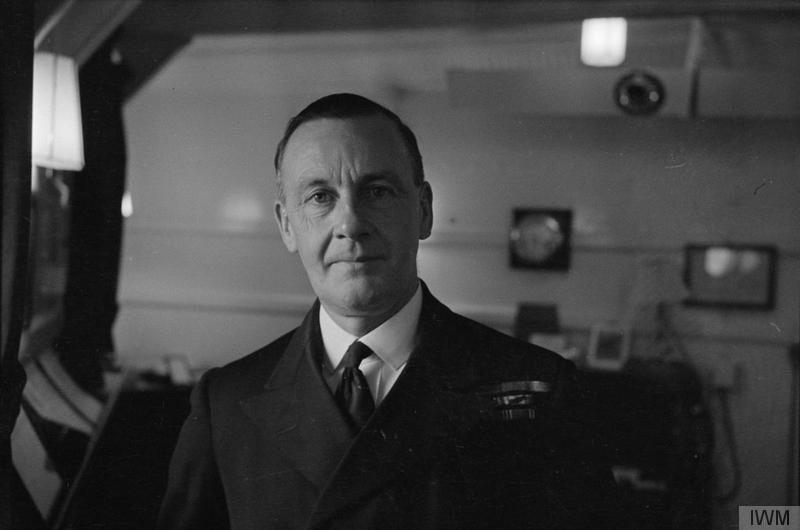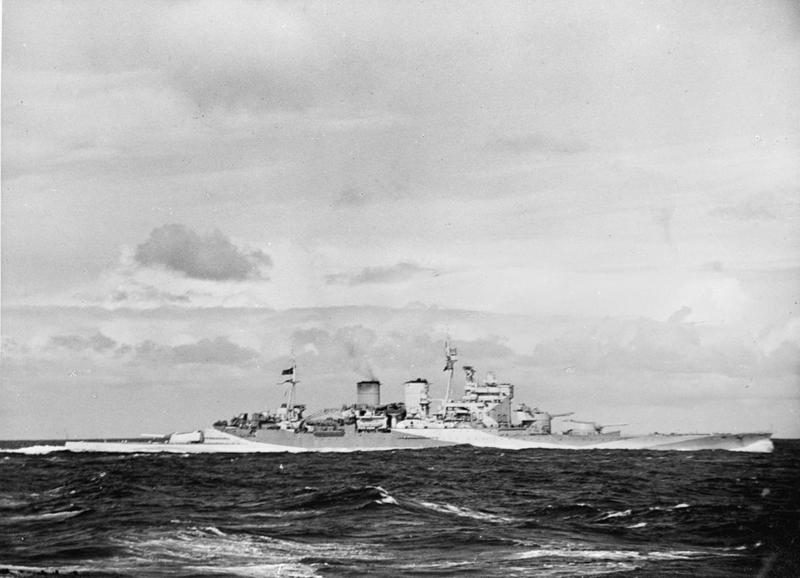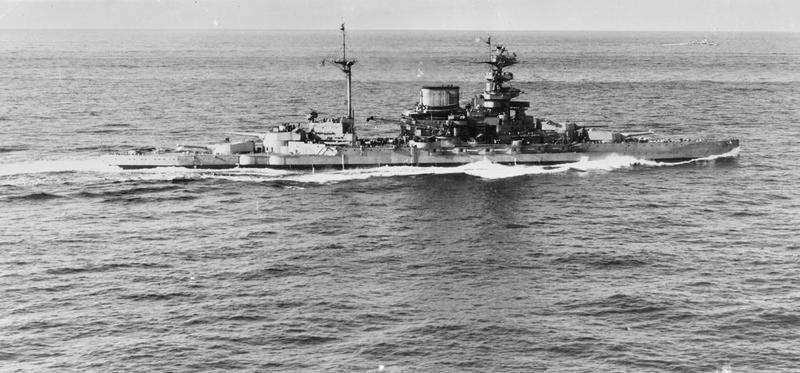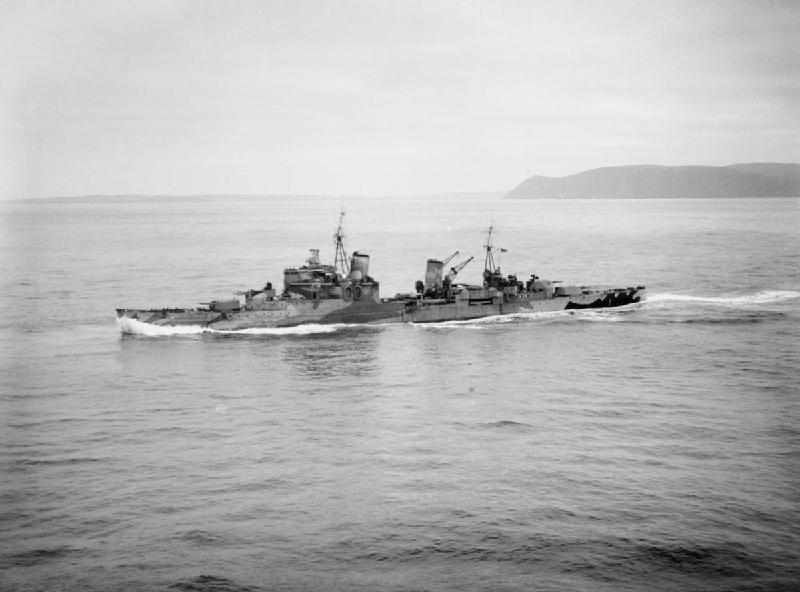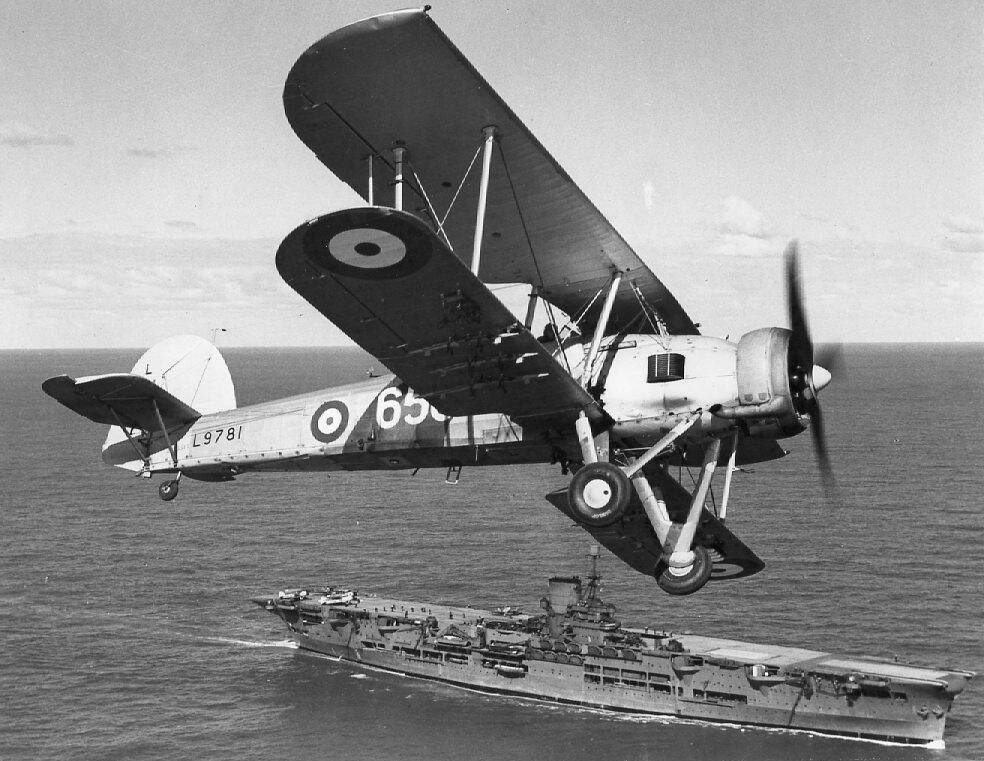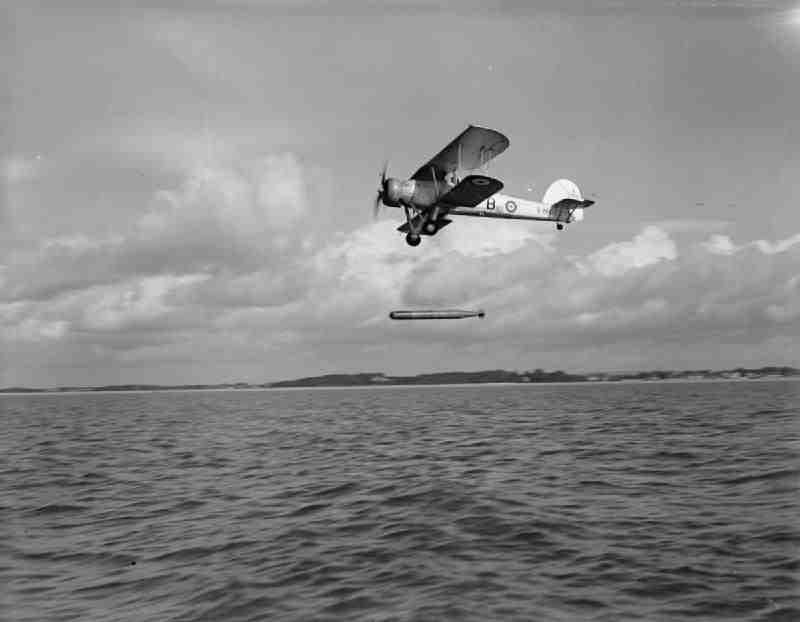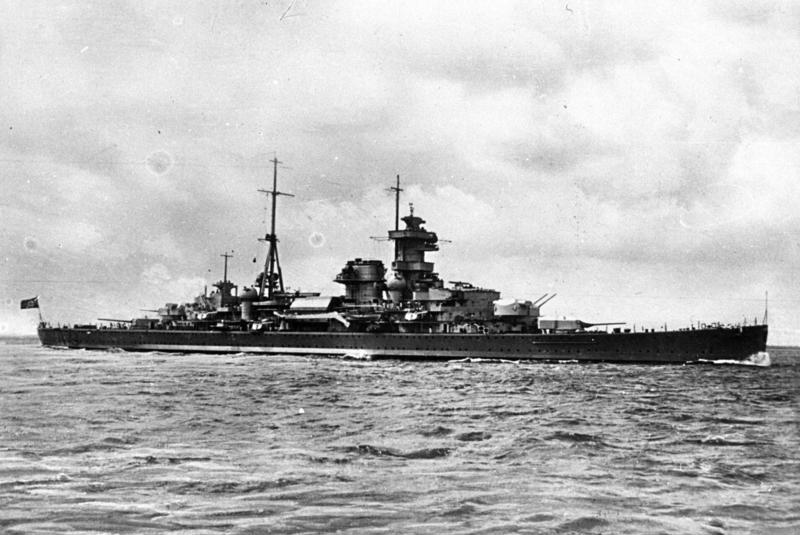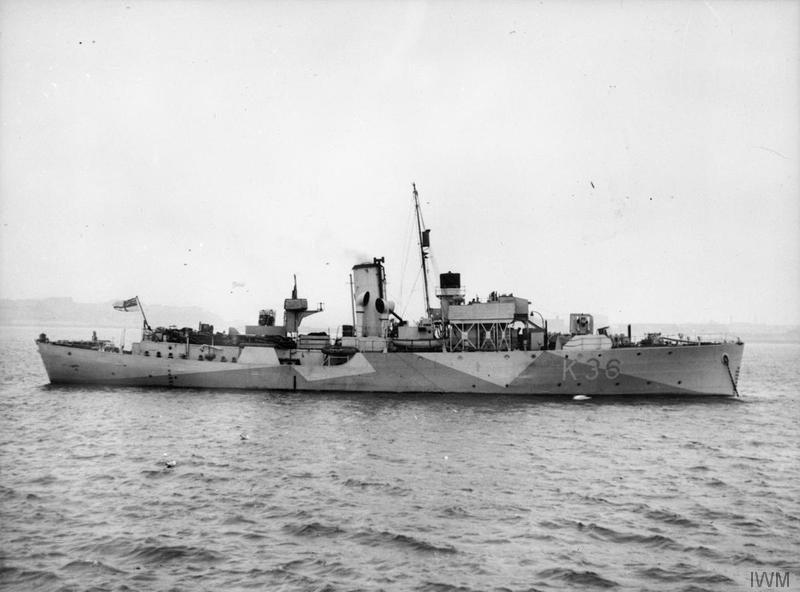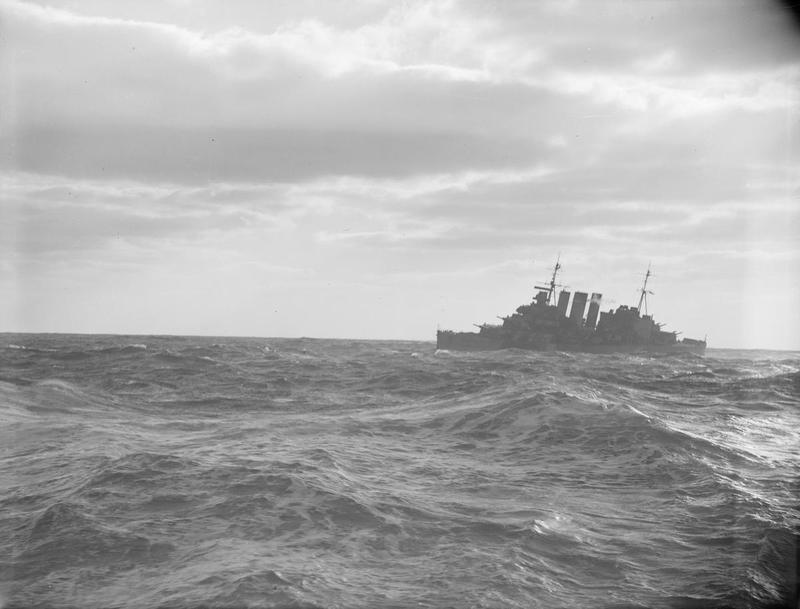
1) Okay, an interesting proposal that obviously one has to caveat with the obligatory point that the @RoyalNavy & @RoyalMarines particularly, have, in fact, been training annually in the Arctic for years.*
*Okay, one doesn't actually *have* to, but I'm going to do it anyway😂



*Okay, one doesn't actually *have* to, but I'm going to do it anyway😂
https://twitter.com/larisamlbrown/status/1469181614437642243




2) However, it's not just the @RoyalNavy & @RoyalMarines who can & do operate there, indeed the @RoyalAirForce is already busy lifting & shifting @BritishArmy @ArmyAirCorps Apache gunships (among much else), to Norway for the annual Exercise Clockwork 2022.
https://twitter.com/RoyalAirForce/status/1467162026669576197?s=20
3) While, earlier this year, the @RoyalAirForce were testing new tactical refuelling capabilities to enable rapid deployment of Typhoon strike fighters to Norway.
https://twitter.com/RoyalAirForce/status/1415672955988680710?s=20
4) And, of course, the @P8A_PoseidonRAF anti-submarine force was procured with co-operation with their @Luftforsvaret counterparts very much in mind.
https://twitter.com/P8A_PoseidonRAF/status/1162069776660869122?s=20
5) However, there are a few questions that need to be asked here, for example what might be available to "develop a force that can rapidly deploy to -40C", beyond, presumably, those mentioned that already basically can?
https://twitter.com/larisamlbrown/status/1469182050334699520?s=20
6) The @BritishArmy would seem to be the prime candidate here, but it is taking yet another cut in numbers, & reportedly will currently struggle to field a full division, at least for the next few years.
https://twitter.com/haynesdeborah/status/1463751585889140737?s=20
7) Additionally the @BritishArmy is also about to lose a significant portion of its heavy armour, all of its tracked Armoured Personnel Carriers, has & other problems in vehicle procurement.
https://twitter.com/larisamlbrown/status/1364478272541720576?s=20
8) Together, these might suggest the need for a choice to be made regarding the direction of Britain's @NATO commitments, & in some respects the vehicle problems might even be construed as an opportunity to reconfigure to the requirements of the Arctic & Scandinavian littorals. 



8) This seems unlikely however, given the @BritishArmy has also just essentially been recommitted to Germany, which, as the site of it's principal Euopean land "hub", would presumaby be the site of its main force in any major European War.
https://twitter.com/larisamlbrown/status/1463896997002420226?s=20
9) Plus, of course, the Germany "hub" & forces in central Europe can & will be heavily served by Europe's excellent rail system, while a commitment to Norway would require sea & air lift, the latter of which has just been cut by 1/3rd for financial reasons committees.parliament.uk/oralevidence/2…
10) In any case, such a move would also be somewhat politically fraught, with both domestic & allied concerns almost certainly being aired about Britain "relegating" itself from what is still perceived to be @NATO's "main" continental front, to a comparative, maritime periphery.
11) As a consequence, on current budgets, while Norway & the High North are strategically vital & support for them is to be applauded, it's difficult to see what more Britain might be able to rapidly deploy to the region, beyond current levels, without serious risk of overstretch 







• • •
Missing some Tweet in this thread? You can try to
force a refresh






